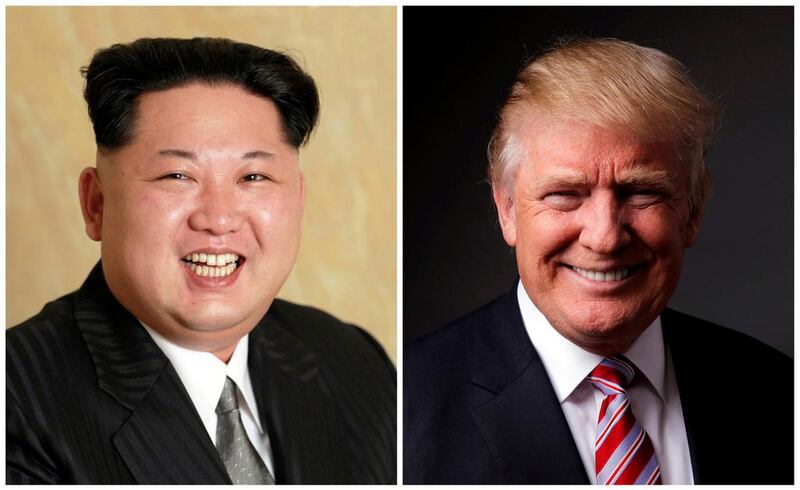Crude oil futures rose on Friday as Asian stock markets gained on news that North Korean leader Kim Jong Un will meet with US President Donald Trump.
The two will likely meet by May and Kim has pledged to refrain from further nuclear or missile tests, South Korea’s national security chief said late on Thursday after briefing White House officials on talks between Seoul and Pyongyang.
The White House said Trump would accept the invitation at a place and time to be determined.
The news lifted Asian stocks markets, and pulled crude oil futures along with them, traders said.
Brent crude futures were at $63.79 per barrel at 0753 GMT, up 18 cents, or 0.3 per cent, from their previous close.
US West Texas Intermediate (WTI) crude futures were at $60.24 a barrel, up 12 cents, or 0.2 per cent.
Despite these increases, Brent and WTI are on course for weekly declines of almost 1 per cent and 1.6 per cent, respectively.
Traders said the weakness is due to soaring output from the US, which has risen by 23 per cent since the middle of 2016, to 10.37 million barrels per day (bpd).
_______________
Read more:
[ Donald Trump agrees to meet Kim Jong-un by May ]
[ Trump launches global race for exclusion from steel tariffs ]
_______________
“The market continues to struggle to shake off an excess supply... (boosted) by increased supply from a growing US shale patch,” ANZ Bank said on Friday.
Thanks largely to shale drilling, the US now produces more crude than top exporter Saudi Arabia. Only Russia pumps more, at almost 11 million bpd.
“It seems only a matter of time before the U.S. becomes the biggest oil producer in the world. The main question which keeps investors busy is when exactly this will be reached,” Hans van Cleef, senior energy economist at Dutch bank ABN Amro, said in a note to investors.
Unlike Middle East producers, where output is largely dictated by state-owned oil companies, US producers drill and sell purely based on economics. If prices remain at current levels or rise further, US drillers are profitable and will raise output; if prices stumble, US production will fall.
“The correlation between the US oil production and the oil prices will remain considerable,” van Cleef said.
As much as production, oil prices will also depend on demand.
Here, there are signs of a slowdown, although much of this could be seasonal as the Northern Hemisphere winter ends.
Iran’s crude and condensate exports are set to fall by 21 per cent in March, compared with the previous month, to 1.94 million bpd, according to a source with knowledge of the tanker schedules. That is the lowest since March 2016.
Compared to a year ago, March liftings from Iran will be down 26 per cent.





